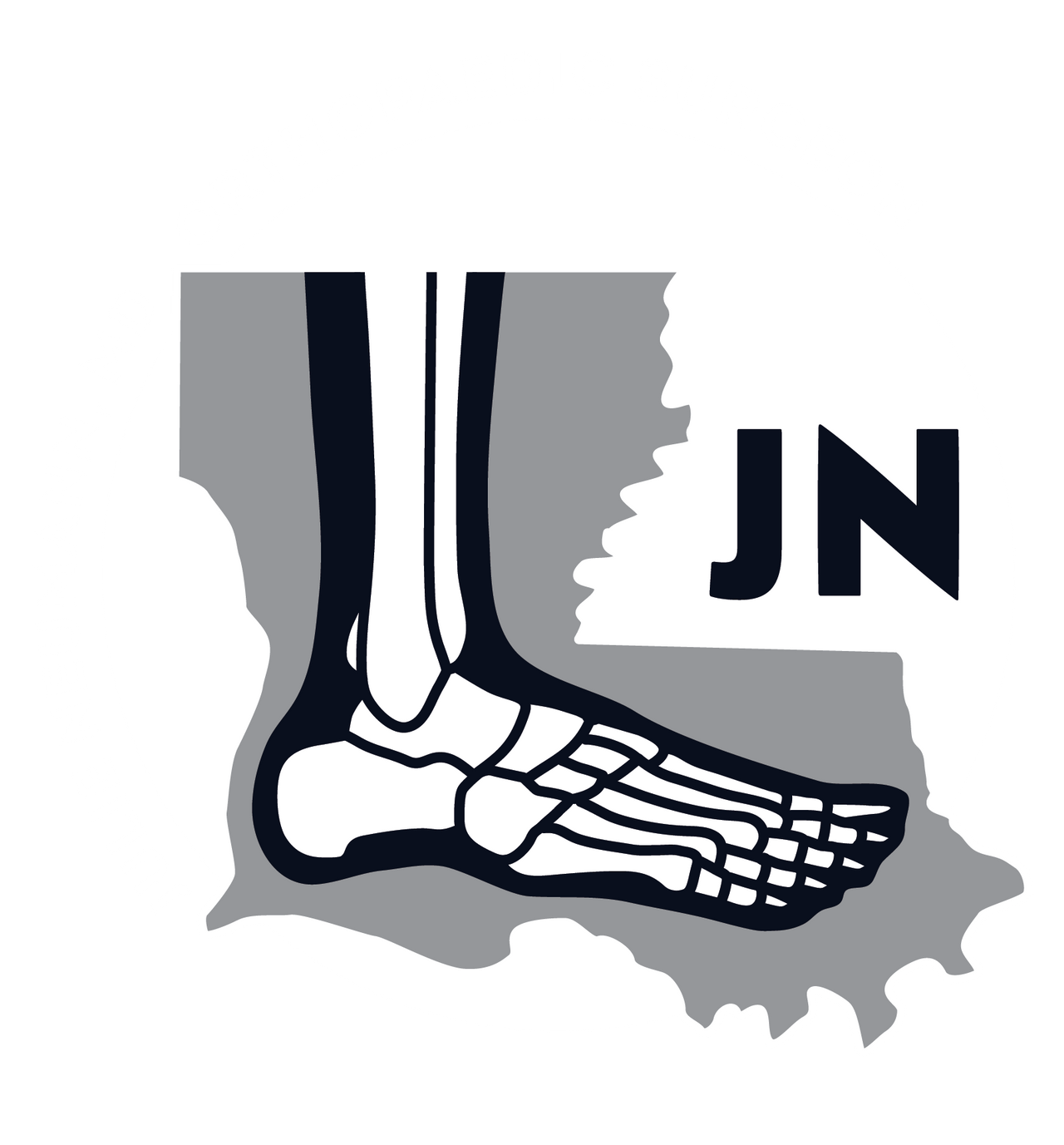Dr. Julie Neumann specializes in treating a diverse range of shoulder conditions and injuries. With her extensive knowledge and expertise in orthopaedics, she offers effective solutions tailored to each patient's specific needs. Dr. Neumann's approach focuses on reducing inflammation, managing pain, and improving overall shoulder health. By providing comprehensive and personalized care, she helps patients find relief from their shoulder-related orthopedic concerns.
Clavicle fractures
Clavicle fractures, also known as collarbone fractures, occur when the collarbone, a long bone that connects the shoulder to the chest, breaks or fractures. Clavicle fractures are common and often result from a fall onto the shoulder or an outstretched arm, direct impact to the collarbone, or sports-related injuries.
Symptoms of a clavicle fracture include severe pain, swelling, bruising, tenderness, and a visible deformity or bump at the site of the fracture. There may also be difficulty moving the arm or shoulder on the affected side.
Treatment for clavicle fractures depends on the severity and location of the fracture. Non-surgical treatment options include immobilization with a sling or figure-of-eight brace to support the arm and allow the fracture to heal. Pain medications and physical therapy exercises may be recommended to manage pain and restore strength and mobility. In cases of displaced or complex fractures, surgery may be necessary to realign and stabilize the fracture using plates, screws, or pins. Following treatment, rehabilitation exercises are crucial to regain full range of motion and strength in the shoulder and arm. With proper diagnosis, treatment, and rehabilitation, most clavicle fractures heal well, and individuals can return to their normal activities within a few weeks to several months, depending on the severity of the fracture.
shoulder Impingement
Shoulder impingement is a common condition that occurs when the tendons and bursa within the shoulder joint become compressed or pinched. This compression can be a result of repetitive overhead motions, such as throwing, swimming, or lifting, which cause the structures in the shoulder to rub against the bones of the joint. This can lead to inflammation, pain, and limited mobility in the shoulder.
Symptoms of shoulder impingement typically include pain with overhead activities, weakness in the affected arm, and difficulty reaching behind the back or reaching overhead.
Treatment for shoulder impingement often begins with conservative measures, including rest, activity modification, and physical therapy exercises to strengthen the surrounding muscles and improve shoulder mechanics. In cases where conservative treatments do not provide sufficient relief, surgical intervention may be considered to create more space within the shoulder joint and alleviate impingement. Early diagnosis and appropriate treatment are essential for managing shoulder impingement and preventing further progression of the condition.
Labral/SLAP tears
Labral tears, also known as SLAP tears, refer to injuries affecting the ring of cartilage (labrum) that surrounds the socket of the shoulder joint. SLAP stands for Superior Labrum Anterior and Posterior, indicating the specific location of the tear. These tears are commonly caused by repetitive overhead motions, such as throwing a baseball or participating in certain sports, as well as traumatic events like falls or direct impacts to the shoulder.
Symptoms of a labral tear may include shoulder pain, a catching or locking sensation, decreased range of motion, and weakness. Diagnosing a labral tear usually involves a combination of physical examination, imaging tests like MRI, and sometimes arthroscopy for a more accurate assessment.
Treatment options for labral tears can vary depending on the severity of the tear and the individual's symptoms. Non-surgical approaches may include rest, physical therapy to strengthen the surrounding muscles, and anti-inflammatory medications to manage pain and inflammation. In cases where conservative treatments are unsuccessful, arthroscopic surgery may be recommended to repair or trim the torn labrum. Rehabilitation and post-operative therapy are essential for restoring shoulder function and preventing future complications.
Rotator cuff injuries
Rotator cuff injuries are common and can cause pain and limited shoulder function. The rotator cuff consists of a group of muscles and tendons that surround and stabilize the shoulder joint. These injuries often result from repetitive overhead movements, aging, or sudden trauma.
Symptoms of a rotator cuff injury may include shoulder pain, weakness, limited range of motion, and difficulty performing activities that require overhead arm movement. Rotator cuff injuries can range from mild inflammation (tendonitis) to partial or complete tears of the tendons.
Treatment options for rotator cuff injuries depend on the severity and extent of the injury. Conservative treatments may include rest, ice, physical therapy exercises to strengthen the shoulder muscles, and anti-inflammatory medications. In more severe cases or when conservative treatments do not provide relief, surgical intervention may be necessary to repair the torn tendons or reattach them to the bone. Post-operative rehabilitation is crucial for regaining strength, range of motion, and shoulder function. Early diagnosis and appropriate treatment are vital for optimal recovery from rotator cuff injuries.

